cover photo by Mario Vigo
 The information about this location have been automatically translated with Microsoft Translator. The information about this location have been automatically translated with Microsoft Translator. Rank : 10.0 (average on 1 votes)Coordinates : -15.63787921664864, 50.10275517808734 ( Open in Google Maps) Subjects : Masoala National Park is the largest protected area in Madagascar with over 2100 km² and at the same time the largest rainforest in the country. The park is famous for its enormous biodiversity and lush flora. The dense rainforest with over 60 species of reptiles and amphibians, 10 species of lemurs, about 15 other species of mammals fascinates every species of nature. In addition to the rainforest, mangrove forests and beaches are also part of the landscape. The park has been a UNESCO World Heritage Site since 2007. In Masoala National Park, countless undescribed animals and plants are still waiting to be discovered. More than half of all known endemic species of Madagascar live in this region and make it one of the last true paradises on earth. Among the most interesting subjects are the Red Varia (Varecia rubra), endemic to the peninsula and relatively easy to find thanks to its strong vocalizations, the White-fronted Lemur (Eulemur albifrons), the Western Apalemur (Hapalemur occidentalis), the Aye-aye (Daubentonia madagascariensis) of which only a few individuals remain that are very difficult to observe, the rare Brown Mongoose (Salanoia concolor), the Common-leaved Tailed Gecko (Uroplatus fimbriatus) and the Panther chameleon (Furcifer pardalis). More than 100 species of birds have been observed in the park, including the rare and endangered Helmeted Spade (Euryceros prevostii) and Bernier's Spade (Oriolia bernieri), which can only be observed in Masoala.Recommended equipment : Tripod, wide-angle, telephoto, standard zoom and macro, depending on the subjects. The flash is useful both as a filler flash and for any night excursions in search of lemurs, frogs, geckos and chameleons.Best months : The best time is from September to December. During this time, the birds are in breeding clothing and respond to calls. In this era it usually rains at night while the days are generally clear, sunny and warm and the sea is often very calm. Sudden downpours are however quite frequent. Keep in mind that with over 7000 mm of rain per month, Masoala is one of the wettest areas in Madagascar. Here the humidity is constantly high with temperatures often exceeding 30°C and this makes the journey quite tiring. June to September is the ideal time for whale watching, but the sea is often rough and it often rains during the day. The rainy season runs from February to April.How to get there : The park is located on the peninsula of the same name in northeastern Madagascar. The place, wild and remote, is difficult to reach: there are no roads. In fact, due to the difficulty of access, it is still one of the least visited areas of Madagascar. From Antananarivo the fastest way to get to Masoala is by flight to Maroansetra (about 700 km). The flight takes place only once a week, which means that you have to extend your stay. From Maroansetra you have to take a motor boat that with about 2 hours of travel crosses the open sea to the Tampolo area, where there are some lodges to stay in within the park. Lodges typically arrange boat transportation.Visits : Several trails lead through the park. The relief is very rugged, characterized by granite rocks, and the paths can be very steep. Long trousers and insect repellent are recommended. Boots are not essential. When it rains, there can be leeches. For visits you must always be accompanied by an official guide, whose rate ranges from 7 to 12 euros per day. The Park Office is located in the center of Maroantsetra, where you pay the entrance fee and book local guidesNotes : The small island of Nosy Mangabe is also part of the National Park. This island is much easier to get to and is only a 15-minute boat ride from Marantsoetra. Here you can camp to try to observe the Aye-aye at night. | | Nearby:  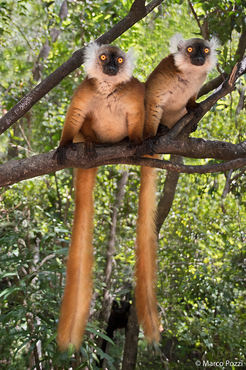 Nosy Komba 306 km
  Lokobe Reserve 314 km
 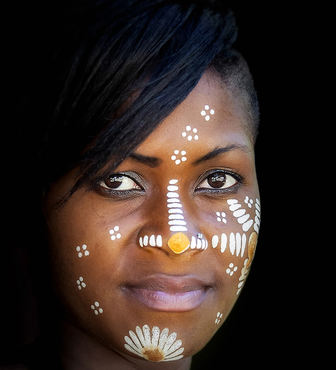 Nosy Sakatia 333 km
 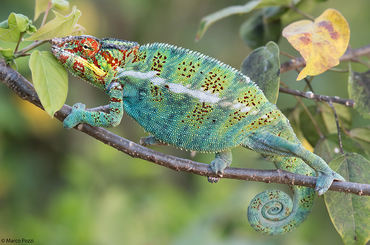 Nosy Be 335 km
 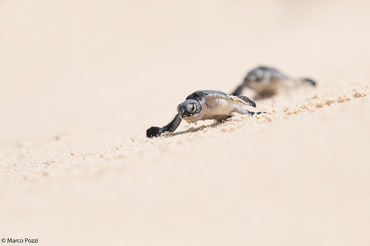 Nosy Iranja 335 km
  Nosy Tsarabanjina 335 km
|

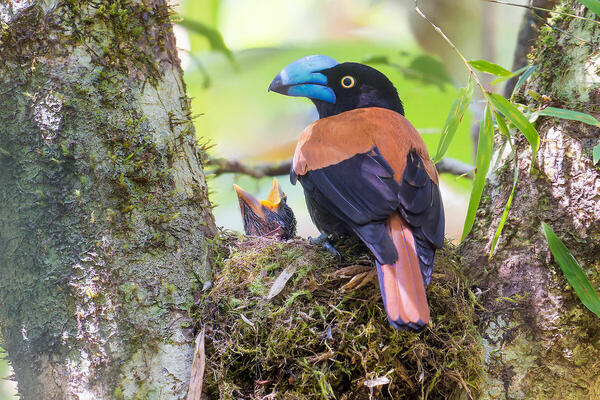
![[retina]](shared_files/layout/retina_badge.jpg)
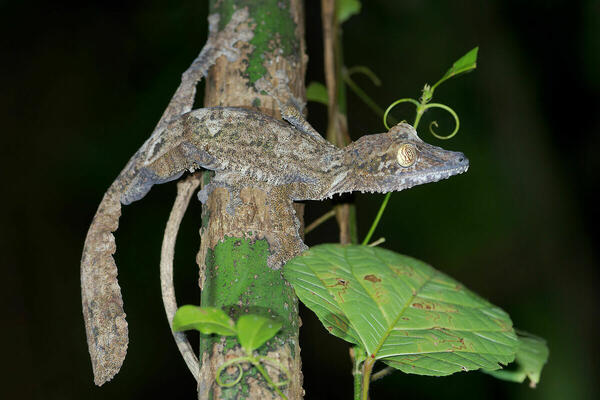
![[retina]](shared_files/layout/retina_badge.jpg)
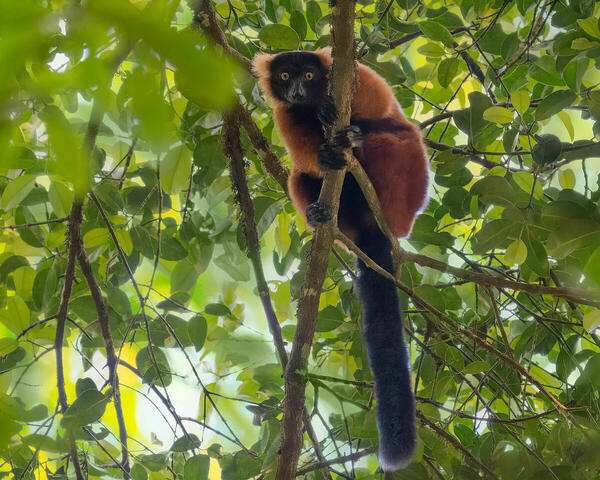
![[retina]](shared_files/layout/retina_badge.jpg)

 JuzaPhoto contains affiliate links from Amazon and Ebay and JuzaPhoto earn a commission in case of purchase through affiliate links.
JuzaPhoto contains affiliate links from Amazon and Ebay and JuzaPhoto earn a commission in case of purchase through affiliate links.